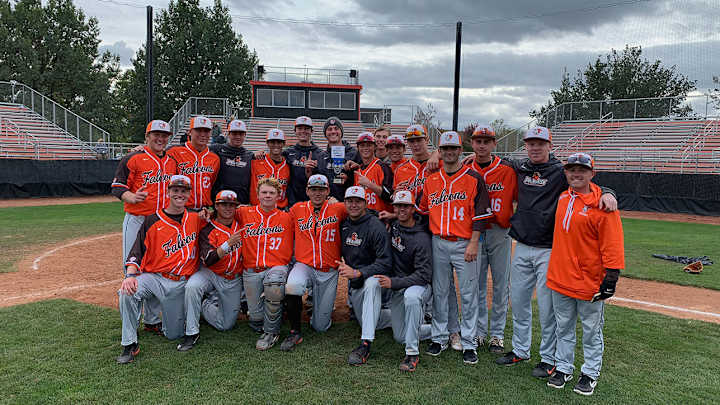A Fundraising Plan to Save Bowling Green Baseball

As college programs nationwide have been affected by budget cuts, Bowling Green decided to cut its baseball program amid cuts forced by the coronavirus pandemic. Then the fundraising began.
Days after the discontinuation announcement was made, alumni organized to put together a plan to save the program. Dana Dowers, who played right field in the class of 1979 and now runs an insurance agency, has been at the forefront of the fundraising along with fellow alumni and current student athletes.
Bowling Green has said that the baseball program costs $750,000 per year to run, so initially the plan was to lock in $4 million over five years.
But late on Sunday night, the Save BGSU Baseball campaign, led by Dowers, announced that the school had agreed to a structure for the reinstatement of baseball. If the group can commit to $1.5 million over the next three years, renewing in perpetuity, Bowling Green will agree to restore the program.
At the time of the announcement, the campaign had pledged for $1.46 million over five years, so the next step will be to ask donors to adjust their timelines.
Read the full video transcript below:
Madelyn Burke: College programs are in a state of crisis because of budget cuts as coronavirus has caused schools to make some changes. But as Bowling Green has decided to cut its baseball program, alumni are not so happy with that decision. Joining me now is SI baseball writer Stephanie Apstein. And Stephanie, what's going on? What's the situation here?
Stephanie Apstein: So the school announced on May 15 that it was going to have to cut baseball. A lot of non-revenue sports around the country are in trouble, especially as it looks like they can't have fans in the stands for—if football season exists, there won't be fans for it. So that there are a lot of revenue shortages. So they announced on the 15th that they were going to cut baseball and by about the 16th alumni had started raising money. And they're up to—at last I saw—$1.4 million dollars over five years. The school has said if they can get it to $1.5 million over three years, then they will reinstate the program.
Madelyn Burke: Wow, so they are close to their goal. Are they going to keep going? And how are they going about this fundraising initiative?
Stephanie Apstein: They have a lot of people, a lot of small dollar amounts. They actually have—they had one woman who gave $100 a year over five years. They've had coaches from other teams in the conference have given, alumni are donating, current players and their families are donating. They're hoping to sort of do this in perpetuity. They think that this might be the model for non-revenue sports moving forward.
Madelyn Burke: A lot of people coming together to show just how valuable baseball is to this program. Stephanie Apstein, thank you so much for the insight.

Madelyn Burke is the host of 'Give and Go' on SI's the Crossover, as well as a studio host and reporter covering breaking news for SI Wire.